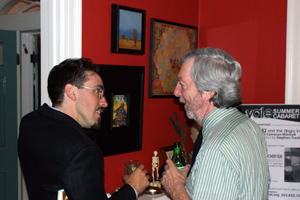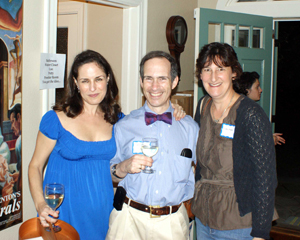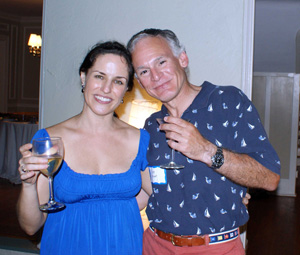By Geoff Ryman (Small Beer Press, 2006)
In the American popular consciousness, Cambodia is associated with two things: our carpet-bombing of it during the Vietnam War and the genocide perpetrated by the Khmer Rouge a few years later. It was interesting for me to learn a few years ago that, apparently, our war with Vietnam doesn’t loom quite as large in the Vietnamese public imagination as it does in ours: To Vietnam, we are participants in just one of a series of overlapping conflicts that it fought from 1947 to 1979. Among foreign invaders, France preceded us and Cambodia and China followed. The Khmer Rouge’s genocidal campaign, however, really was devastating to Cambodia. Somewhere between one in eight and one in five Cambodians were killed during it—we still don’t know exactly how many people died—and the wars that came after, both within Cambodia and between Cambodia and Vietnam, killed more. By the time a peace agreement was reached and Cambodia began to draft its new constitution in 1993, the country had been fighting for twenty years.
For those of us who grew up and still live in the shelter of stable, developed countries, it is very hard to understand how Cambodia’s recent history—not to mention the sadly similar histories of other countries in Asia, Africa, and Latin America—affects the people who are living there now; how each individual has been touched, or bruised, or wounded for life, and how each one responds. It is thus astonishing that Geoff Ryman, a Canadian living in the United Kingdom, had the guts to write a book like The King’s Last Song, though not quite as astonishing as the results, which, at least to this gringo reader, seem as sensitive and humble toward the subject matter as the author could be, yet manage also to tell an unflinching, wrenching story involving some deeply, deeply flawed people who are nonetheless searching for a way out.
The King’s Last Song is actually two stories centering on Cambodia’s most famous ruin, Angkor Wat. In the modern-day Cambodia—2004, to be precise—a UN archeological team uncovers a book engraved on gold plates that, it is immediately believed, was written by King Jayavarman VII, a twelfth-century Buddhist leader who united Cambodia and brought peace to a region riven by war. News spreads quickly about the find, and within a day of the book being fully excavated, both it and its guardian, a French scholar named Luc Andrade, are kidnapped. The plot then follows both Luc’s trials with his kidnappers and the effort to rescue him, led by William, Luc’s Cambodian porter, and Map, an ex-Khmer Rouge soldier, both of whom consider Luc their mentor and benefactor. Interspersed with this harrowing story is the equally tense tale of Jayavarman’s life and rise to power eight hundred years before. It’s not a simple book, but Ryman is such a good, visceral writer that one barely notices its structural complexity, and by the end, the two plots strands resonate so loudly with each other that it’s hard to imagine the book working any other way.
As if that were not enough, thematically Ryman is after big game: Following in the tradition of James Joyce and Vikram Seth’s A Suitable Boy, he wants nothing less than to depict a country’s struggle to reconcile itself with its past and move on toward a better future. That Ryman approaches his project with such humility—in the afterword, he’s the first to admit he’s no expert on Cambodia—doesn’t diminish the scope of his ambition. I don’t know nearly enough about Cambodia to say whether he succeeds, but I can say that Ryman has written an engrossing and, in the end, extremely moving story, and one that taught me a lot about a part of the world of which I am shamefully ignorant. Ryman says that he frequently visits the place, and his love for all of it—the land and its people—comes through achingly loud and clear, perhaps because it’s so hard to see something you love in so much pain.
Brian Francis Slattery is an editor of the New Haven Review.











